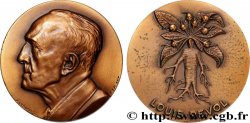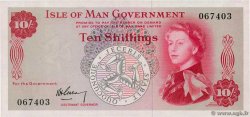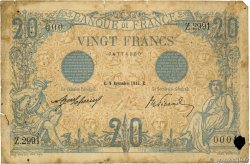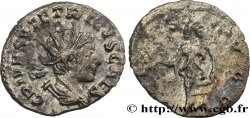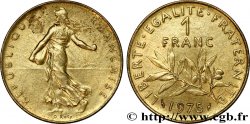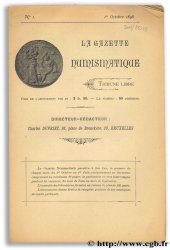Live auction - fjt_712136 - PHARMACISTS - CHEMISTS - APOTHECARIES 1778
You must signin and be an approved bidder to bid, LOGIN TO BID. Accounts are subject to approval and the approval process takes place within 48 hours. Do not wait until the day a sale closes to register. Clicking on "BID" constitutes acceptance of the terms of use of cgb.fr private live auctions.
Bids must be placed in whole Euro amounts only. The sale will start closing at the time stated on the item description; any bids received at the site after the closing time will not be executed. Transmission times may vary and bids could be rejected if you wait until the last second. For further information check the Live auction FAQ
All winning bids are subject to a 18% buyer’s fee.
All winning bids are subject to a 18% buyer’s fee.
| Estimate : | 180 € |
| Price : | 105 € |
| Maximum bid : | 130 € |
| End of the sale : | 25 January 2022 20:37:38 |
| bidders : | 2 bidders |
Date: 1778
Metal : silver
Diameter : 30 mm
Orientation dies : 6 h.
Weight : 9,16 g.
Edge : Cannelée
Rarity : R1
Catalogue references :
Obverse
Obverse legend : LUDOV. XVI. REX CHRISTIANISS.
Obverse description : Buste à gauche de Louis XVI signé DUVIV. [type n° 374].
Obverse translation : Louis XVI, roi très chrétien.
Reverse
Reverse legend : IN HIS. TRIBUS VERSANTUR ; À L'EXERGUE : COLLEGE. DE PHARMACIE. 1778.
Reverse description : Un palmier autour duquel s'enroule un serpent, formant un caducée.
Reverse translation : Ils sont versés dans les trois règnes.
Commentary
Georges Dillemann, dans son ouvrage Jetons et Médailles Pharmaceutiques (p.14), donne l'explication de ce revers : le palmier n'est pas l'emblème des apothicaires, comme le pensait Feuardent, ni leurs armes, suivant Réaubourg, mais le symbole des trois règnes de la Nature. Le palmier représente le règne végétal, le serpent, le règne animal et le sol rocailleux le règne minéral. Les métiers d'apothicaires et de pharmaciens furent séparés en avril 1777 et l'autorisation de battre jetons donnée en 1778. Notre exemplaire a été nettoyé très anciennement.







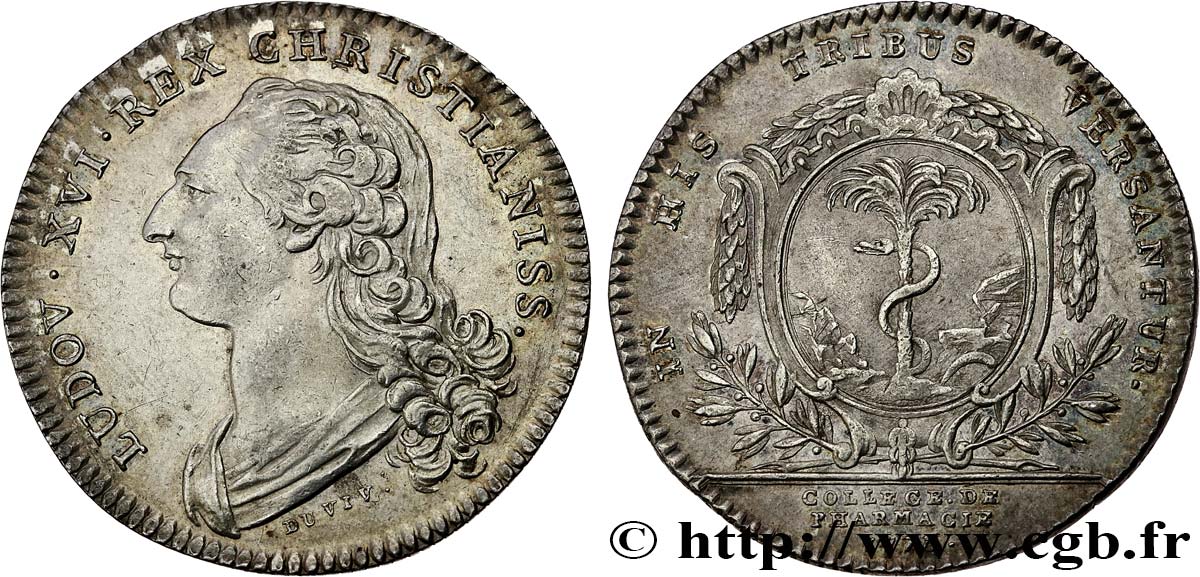
 Report a mistake
Report a mistake Print the page
Print the page Share my selection
Share my selection Ask a question
Ask a question Consign / sell
Consign / sell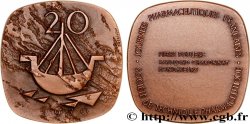
 Full data
Full data
